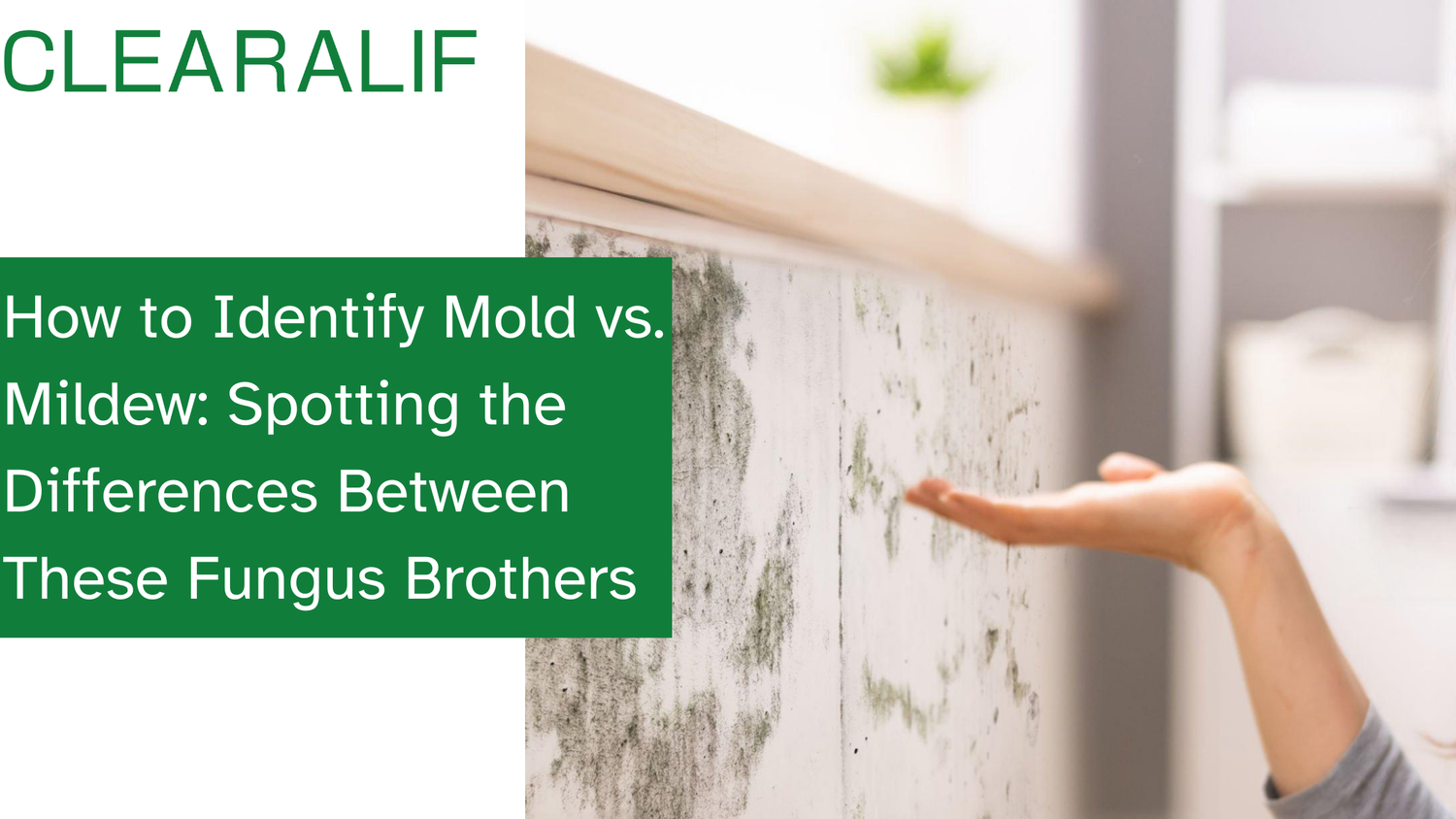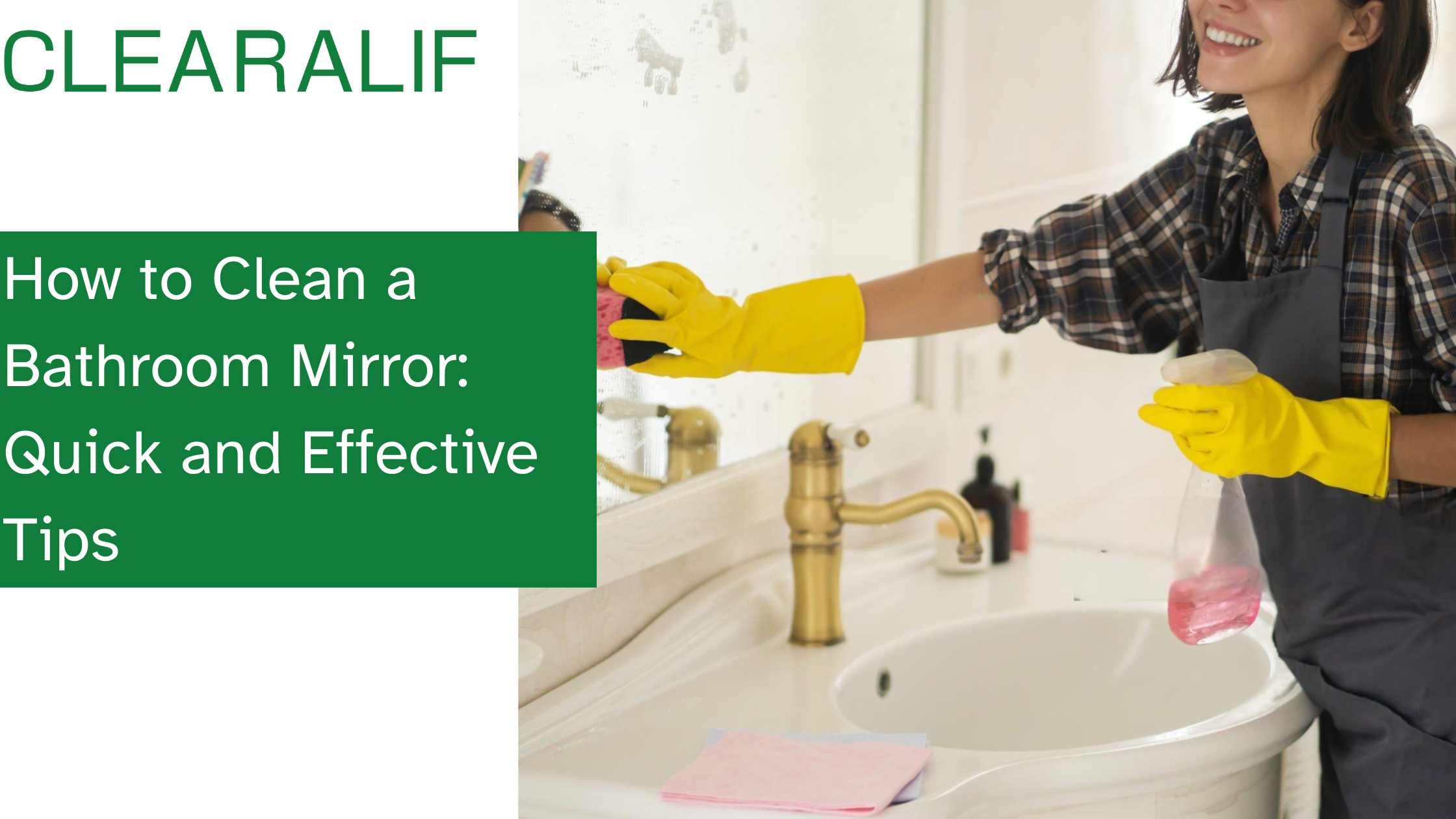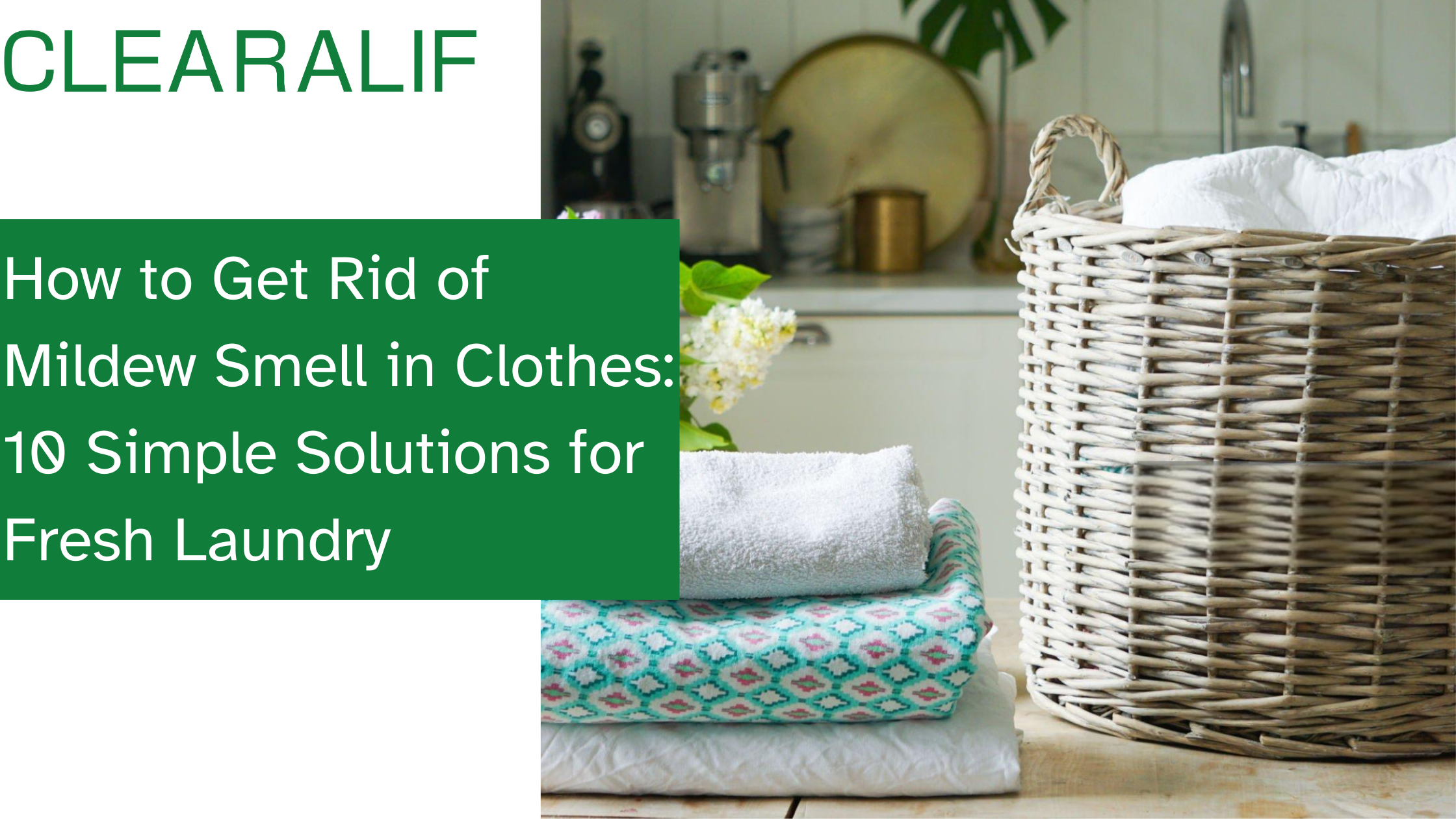Mold and mildew are definitely “fungus brothers.” They’re both types of fungi, which means they grow in damp places and can be bad for your health. But while they’re similar in some ways, they also have a lot of differences. Knowing how to identify mold vs mildew can help you keep your home safe and clean.

What Mold and Mildew Have in Common
Mold and mildew share some basic traits because they’re both fungi. Here’s what they have in common:
- They Thrive on Moisture: Both mold and mildew need water to grow. Bathrooms, basements, and kitchens are some of their favorite spots since these areas often have high humidity.
- They Grow on Surfaces: You’ll usually find mold and mildew on surfaces, especially those that are porous or have organic materials like wood, fabric, and paper.
- They Spread Quickly: Once mold or mildew starts growing, it can spread fast, especially if it’s not cleaned up quickly. Both can leave stains, damage materials, and even cause odors.
- They Can Affect Health: Breathing in mold and mildew spores can lead to allergy symptoms, like sneezing, itchy eyes, and breathing issues. Mold, in particular, can release toxins that are more harmful over time.
How to Tell Mold and Mildew Apart
Even though they’re similar, mold and mildew have unique traits that make them different. Here’s a closer look at each:
1. Appearance
- Mold: Mold is typically black, green, or even red. It has a fuzzy or slimy look and is often thick. You might see it growing in clusters on walls, ceilings, and other damp areas.
- Mildew: Mildew usually appears as gray, white, or light brown patches. It has a powdery texture and tends to grow on flat surfaces like bathroom tiles or walls.
2. Texture
- Mold: Mold feels fuzzy, soft, or even sticky. It’s harder to remove and usually needs scrubbing or strong cleaning solutions.
- Mildew: Mildew feels powdery or dusty. It’s often easier to wipe away than mold, especially with a good cleaner.
3. Smell
- Mildew vs Mold Smell: The smells are distinct. Mold has a strong, musty odor that’s hard to ignore. It’s often described as smelling “earthy” or “damp.” Mildew’s smell, on the other hand, is milder and less noticeable, but it still has a slight musty scent.
4. Where They Grow
- Mold: Mold grows in damp, dark areas, such as basements, under sinks, or even inside walls. It likes places with poor ventilation and high humidity.
- Mildew: Mildew prefers moist, but usually more open areas, like shower walls, tile grout, or on fabric that’s been left damp.

What Does Mold on Clothes Look Like?
Mold can also grow on clothes if they are left damp for too long. It usually appears as small, dark spots, typically black or green, but it can also be gray or white. These spots are often fuzzy, much like how mold looks on other surfaces. You might find mold on clothes that have been forgotten in the washing machine or stored in a damp environment.
How to Remove Mold from clothes:
- Vinegar Solution: Wash the clothes in a mixture of white vinegar and water to kill the mold. Adding baking soda can help boost the cleaning power.
- Sunlight: After washing, dry the clothes in direct sunlight, as sunlight is a natural mold killer and helps prevent future growth.

What Does Mold on Shower Curtains Look Like?
Mold on shower curtains is common due to the constant moisture from daily showers. It often appears as black or greenish spots along the bottom of the curtain, where water tends to collect. Over time, mold can spread across the curtain and give it a slimy texture.
How to Clean Mold from Shower Curtains:
- Vinegar or Baking Soda: Throw the shower curtain into the washing machine with some vinegar or baking soda. If it's plastic, you can scrub it with a brush soaked in vinegar.
- Regular Drying: After each shower, spread out the curtain to allow it to dry fully to prevent further mold growth.

What Does Mold Around Windows Look Like?
Mold often grows around windows where condensation builds up. It appears as dark patches or spots, usually black, and tends to grow in corners or along the edges of the window frame. Left untreated, this mold can spread and affect the window structure.
How to Clean Mold from Window Frames:
- Vinegar and Water: Spray the affected area with a vinegar-water solution and scrub with a brush.
- Ensure Ventilation: To prevent mold from returning, keep the room well-ventilated and wipe down any condensation that forms on windows.

What Does Mold on Walls Look Like?
Mold on walls usually appears as dark spots, often black or green. It can form irregular shapes and spread quickly, especially in damp rooms like basements or bathrooms. Mold on walls can also cause peeling paint or wallpaper.
How to Clean Mold from Walls:
- Bleach Solution: For painted walls, use a bleach solution to kill the mold. Be sure to wear gloves and ventilate the room. For non-porous surfaces like tiles, vinegar can also be effective.
- Check for Leaks: Mold on walls often indicates a moisture problem, like a leak or poor ventilation. Fixing these issues will help prevent future growth.
How to Clean Mold and Mildew from Different Surfaces
For Mold:
- Use a mixture of vinegar or bleach and water to scrub the area. Wear gloves and a mask, as mold spores can be harmful to breathe in. If the mold covers a large area (more than 10 square feet), it’s best to call a professional.
For Mildew:
- Mildew is usually easier to clean with a vinegar-water solution or mild cleaner. Spray it on, let it sit for a few minutes, and then wipe it away with a cloth.
How to Prevent Mold and Mildew Growth
Keeping mold and mildew out of your home starts with controlling moisture. Here are some practical steps to take:
-
Don’t Delay Your Laundry: Make sure to promptly transfer your clothes and towels from the washing machine to the dryer to avoid excess moisture sitting in the fabrics. If possible, hang your clothes outside to dry; sunlight naturally helps prevent mold growth.
-
Air Out Your Washing Machine: After each laundry cycle, leave the washing machine door slightly open to allow the interior to fully dry. This helps prevent moisture buildup inside the drum.
-
Ventilate: Keep air moving, especially in bathrooms and kitchens. Use exhaust fans or open windows to let humidity escape.
-
Dry Wet Areas: After a shower, wipe down walls and floors. In basements or other damp spaces, use a dehumidifier to reduce moisture.
-
Fix Leaks: Check pipes, windows, and roofs regularly for leaks, and repair any problems right away to prevent moisture buildup.
-
Clean Regularly: Regularly clean surfaces that might get damp, especially in bathrooms and kitchens, to prevent mold and mildew from forming.
Final Thoughts on Mold vs. Mildew
While mold and mildew are similar, they have unique differences that require different cleaning and prevention methods. With the right care, you can keep these “fungus brothers” out of your home and enjoy a cleaner, healthier living space.
FAQs
-
Is mildew as harmful as mold?
No, mildew is usually less harmful. Mold can cause more serious health problems. -
Can I clean mold and mildew by myself?
Yes, for small areas. Use vinegar or baking soda, but for large mold areas, call a professional. -
How can I tell if it’s mold or just dirt?
Mold is usually black or green and fuzzy. Dirt is easier to wipe off and doesn’t smell musty. -
Does mildew smell the same as mold?
No, mildew vs mold smell: mold has a stronger, mustier smell than mildew. -
How often should I check for mold and mildew?
It’s a good idea to check damp areas, like bathrooms, once a month.







Leave a comment
This site is protected by hCaptcha and the hCaptcha Privacy Policy and Terms of Service apply.